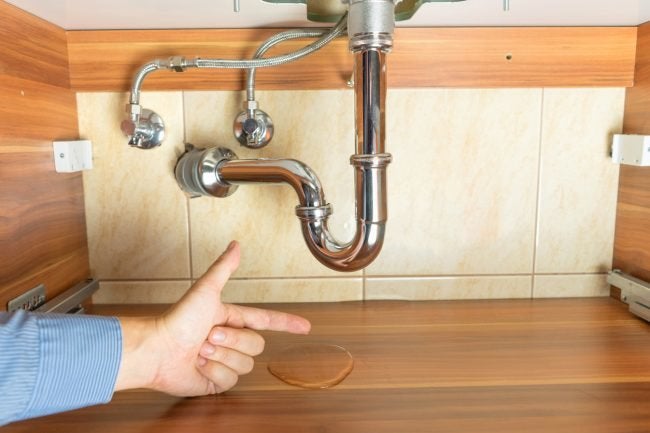How to Check If Your Home Has a Surprise Leakage
How to Check If Your Home Has a Surprise Leakage
Blog Article
Have you been trying to find info about Leaking water lines?

Early detection of leaking water lines can alleviate a possible catastrophe. Some little water leaks may not be noticeable.
1. Check Out the Water Meter
Every home has a water meter. Checking it is a surefire manner in which aids you find leaks. For beginners, switch off all the water resources. Ensure no one will certainly flush, utilize the faucet, shower, run the cleaning equipment or dish washer. From there, most likely to the meter and also watch if it will certainly transform. Because no one is utilizing it, there ought to be no activities. That shows a fast-moving leak if it relocates. If you spot no adjustments, wait a hr or 2 as well as inspect back once more. This implies you might have a slow leakage that could also be below ground.
2. Inspect Water Consumption
If you identify abrupt adjustments, despite your usage being the exact same, it suggests that you have leakages in your plumbing system. An abrupt spike in your expense suggests a fast-moving leak.
A steady rise every month, even with the same habits, shows you have a slow-moving leakage that's likewise gradually intensifying. Call a plumber to extensively inspect your residential or commercial property, specifically if you really feel a cozy location on your floor with piping below.
3. Do a Food Coloring Examination
When it comes to water consumption, 30% comes from bathrooms. If the color in some way infiltrates your bowl throughout that time without flushing, there's a leak in between the storage tank as well as bowl.
4. Asses Outside Lines
Do not forget to check your exterior water lines also. Ought to water permeate out of the connection, you have a loose rubber gasket. One little leakage can lose heaps of water and spike your water expense.
5. Evaluate the circumstance and evaluate
Homeowners need to make it a routine to inspect under the sink counters and also also inside cupboards for any type of bad odor or mold and mildew development. These 2 red flags show a leakage so timely interest is required. Doing regular assessments, even bi-annually, can conserve you from a significant trouble.
Extra importantly, if you recognize your house is currently old, keep a watchful eye on your heating units, hoses, pipes etc. Look for stainings and also damaging as most home appliances and pipes have a life span. They will additionally naturally degrade because of tear and also use. If you presume dripping water lines in your plumbing system, don't wait on it to escalate. Call an expert plumber today so you do not wind up with a terrible mess in your home.
Early detection of dripping water lines can mitigate a potential calamity. Some tiny water leaks may not be noticeable. Examining it is a proven means that helps you discover leaks. One small leakage can lose heaps of water as well as spike your water expense.
If you believe dripping water lines in your plumbing system, do not wait for it to escalate.
WARNING SIGNS OF WATER LEAKAGE BEHIND THE WALL
PERSISTENT MUSTY ODORS
As water slowly drips from a leaky pipe inside the wall, flooring and sheetrock stay damp and develop an odor similar to wet cardboard. It generates a musty smell that can help you find hidden leaks.
MOLD IN UNUSUAL AREAS
Mold usually grows in wet areas like kitchens, baths and laundry rooms. If you spot the stuff on walls or baseboards in other rooms of the house, it’s a good indicator of undetected water leaks.
STAINS THAT GROW
When mold thrives around a leaky pipe, it sometimes takes hold on the inside surface of the affected wall. A growing stain on otherwise clean sheetrock is often your sign of a hidden plumbing problem.
PEELING OR BUBBLING WALLPAPER / PAINT
This clue is easy to miss in rooms that don’t get much use. When you see wallpaper separating along seams or paint bubbling or flaking off the wall, blame sheetrock that stays wet because of an undetected leak.
BUCKLED CEILINGS AND STAINED FLOORS
If ceilings or floors in bathrooms, kitchens or laundry areas develop structural problems, don’t rule out constant damp inside the walls. Wet sheetrock can affect adjacent framing, flooring and ceilings.
https://www.servicemasterbyzaba.com/blog/how-to-detect-water-leakage-in-walls/

I discovered that blog entry on Finding hidden leaks when scouting around the search engines. In case you enjoyed reading our blog entry plz don't forget to share it. Thanks so much for taking the time to read it.
Report this page